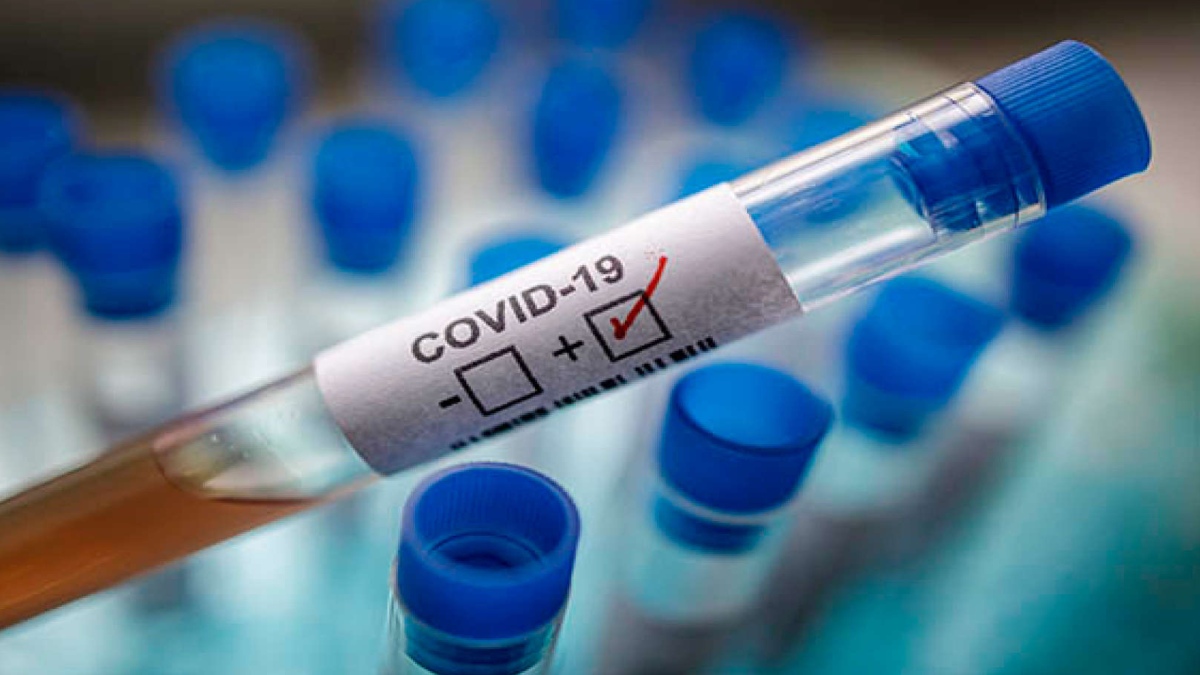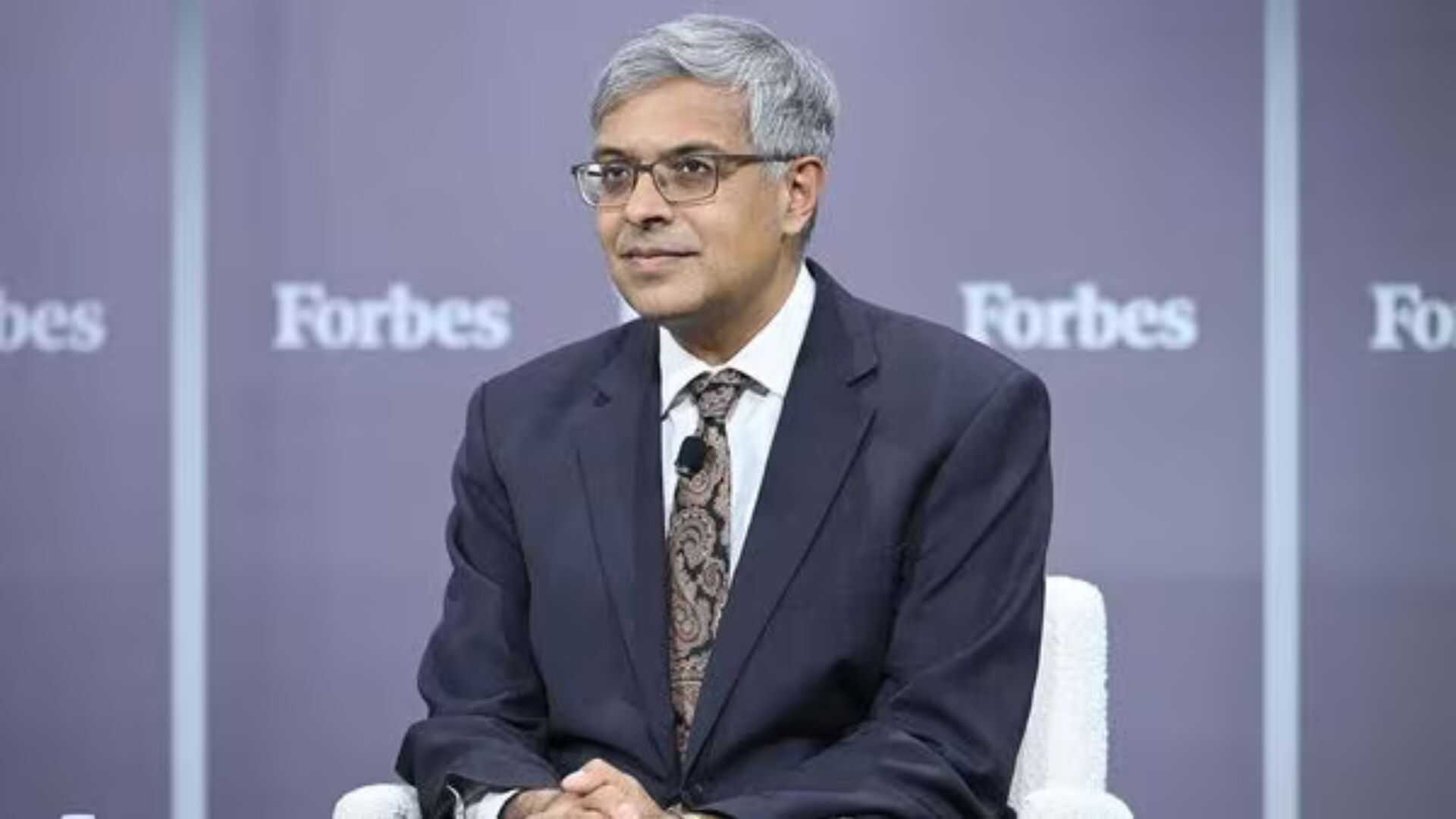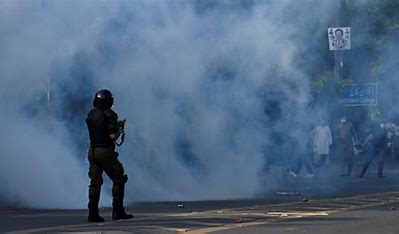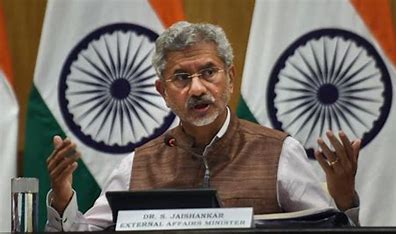
When the entire world was hoping to bring back normalcy despite the continued stress of the pandemic, COVID strikes us back with a new terror. A new variant B.1.1529 has been discovered in South Africa that is said to be a heavily mutated version discovered so far. The variant is named as Omicron by the World Health Organization.
The Technical Advisory Group on SARS-CoV-2 Virus Evolution (TAG-VE) is continuously monitoring the evolution of SARS-CoV-2 and assesses if specific mutations and combinations of mutations alter the behaviour of the virus. Bases on the TAG-VE advised WHO has designated the Omiicorn virus as a VOC and will communicate new findings with Member States and to the public as needed.
WHO has also asked all the counties to enhance surveillance and sequencing, submit complete genome sequences and associated metadata, report initial cases/clusters associated with VOC infection through the IHR mechanism. In view of the same India’s National Centre for Disease Control has reported to the health ministry that multiple cases of Covid-19 variant B.1.1529 have been reported in Botswana (4 cases), South Africa (22 cases), and Hong Kong (2 cases). The Ministry said that the variant is reported to have a significantly high number of mutations, and thus, has serious public health implications for India in view of the recently relaxed visa restrictions and opening of international travel. Here are answering a few questions that might arise in your mind.
WHY IS THE NEW VARIANT DANGEROUS?
The new variant is said to be incredibly heavily mutated. As per experts from the Centre for Epidemic Response and Innovation in South Africa, there was an unusual constellation of mutations and that it was very different to other variants that have circulated. Until today there were 50 mutations overall and more than 30 on the spike protein, which is the target of most vaccines and the key the virus uses to unlock the doorway into our body’s cells. Zooming in even further to the receptor binding domain (the part of the virus that makes first contact with our body’s cells), it has 10 mutations compared to just two for the Delta variant that swept the world.
According to researchers, this level of mutation has most likely come from a single patient who was unable to beat the virus. The biggest concern that researchers have is this virus is now radically different to the original one that emerged in Wuhan, China. Although the current SARS-CoV-2 RT-PCR diagnostics continue to detect the new variant, we are yet to gather data on whether this variant could evade vaccine or natural immunity or have higher transmissibility.
However, it is important to know what those mutations are doing. We will need to know what these mutations do to the inherent abilities of the virus. But that’s hypothesis and needs more evidence. Having many mutations does not mean that the virus will be deadlier or more dangerous. Nevertheless, every variant would have the potential to impact the pandemic. However, the data here is very limited at this moment the potential impact and real-world effects as a result of this cannot be commented on
WHAT DO WE DO ABOUT IT AND DOES THIS PUT INDIA AT A RISK AGAIN?
It is important to note that the coronavirus evolves as it spreads and many new variants, including those with worrying mutations, often die out in the course of time. Scientists are currently monitoring for possible changes that could be more transmissible or deadly. However, sorting out whether new variants will have a public health impact can take time. Right now, there is no need for panic. Although we are left with a variant that raises significant concerns despite huge gaps in our knowledge, we need to be watchful and not let our guards down.
Now, you might wonder how can Mumbai – a high footfall and dense air transit metropolitan city safeguard itself, especially at a time when schools, colleges and travel is resuming in full force?
To this end, the government has currently notified that safety measures should and will continue to remain. Even with restrictions easing in many ways, the one thing that has not and will not change is the COVID-19 safety mandate — of wearing a mask, social distancing, testing before and after travel and so on.
For schools, the safety measures would include: wearing a mask; one student on one bench; temperature checks; repeated sanitising; less chances of peer-to-peer interaction; no sharing of lunch or eating together; Limited school hours and no roaming around after school hours
If you decide to take to the skies for business or leisure, keep in mind that staying safe on a plane requires far more than just wearing a mask. Before you even get to the plane, you have to contend with check-in terminals and security lines. This means coming in contact with frequently touched surfaces and being around a lot of people. While your concern might be centered on staying safe on the plane, you should also focus on protecting yourself before boarding. Wear your mask at all times, keep your hands clean and avoid touching your face with this the risk can be lowered.
The author is the Director of Critical Care, Fortis Hospitals Mumbai & Member of the Supreme Court-appointed National COVID19 Task Force.















